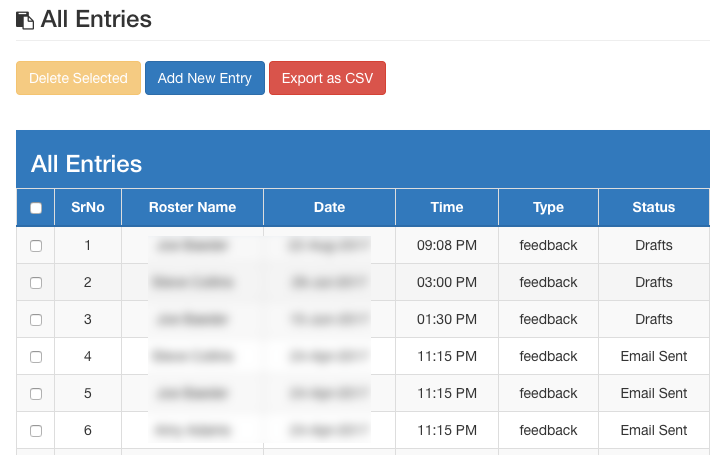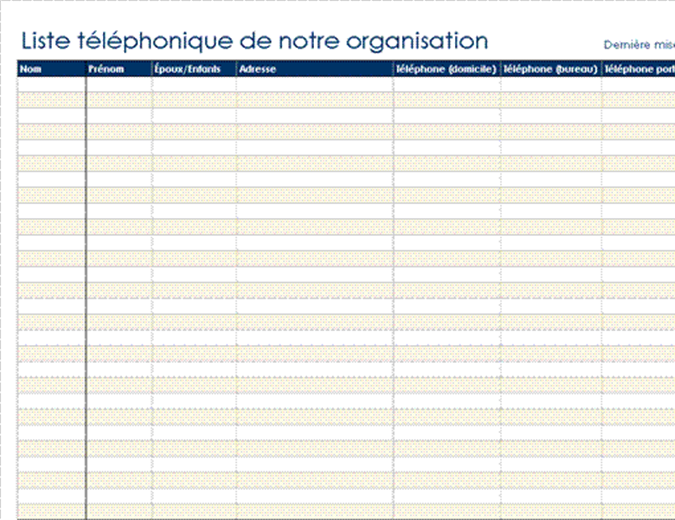

I recommend using a Google Docs spreadsheet for keeping the data in your rep list, and have created a template that you can use for this purpose: It takes a lot of time and regular updating to be able to offer a complete rep list (especially one as jaw-droppingly awesome as Amanda Johnston’s) and this post will tell you how you can start, update, and offer one that will impress at hiring time.īack in the old days, those of us diligent enough to be updating our rep lists did so on a weekly or monthly basis, when we would frantically search our books and photocopies, find out what was new, and add it to our list, most often a word document that lived on our home computer.įortunately, things have changed and the process of rep list-building can benefit greatly from the advances made with cloud computing technology. The problem is that very few of us actively maintain a rep list and are able to keep track of what we’ve played over time. When you’re applying for graduate school, a young artist program, or your first staff accompanist position, it’s important to be able to present a complete repertoire list so those who are interested in you can get a better sense of the works, styles and genres that you’ve played so far. One of the most important things about being a collaborative pianist is developing depth of repertoire, whether you choose to specialize in one area or play a wide variety of genres. *Interview with Robert van Gelder (1947), quoted in John Steinbeck: A Biography, by Jay Parini (1994). Over time, she might also play concerts at community venues and steadily expand her solo career.įor additional strategies that optimize practice and performance, see Parts I & II of The Musician’s Way. In that way, she’ll not only fuel her development but also boost her income, build her audience, and contribute to the cultural life in her town. So, plan periodic recording sessions, line up concerts and community engagements events, and also consider booking casual gigs to try out new repertoire and run through old favorites.įor example, if an aspiring pianist who mainly plays in jazz combos wants to maintain a cache of solo classical pieces, she might commit to a weekly solo gig at a supper club or Sunday brunch. It’s far easier for us to maintain repertoire when we present it regularly, and performance or recording commitments motivate us to work. As a concert date approaches, the music on the program will merit daily practice and other titles might need to be set aside temporarily.Music from genres in which we’re less proficient will benefit from at least twice-weekly review so that we can steadily mature our stylistic abilities.Complex or lengthy pieces that we’ll perform often might need targeted reviewing several times a week.Memorized titles might require weekly or biweekly review.With easy material, we might only need to review the music once or twice a month.As a starting point, here are some general guidelines: But most of us sense how much review we need. There’s no set formula for how often well-learned pieces should be reviewed – it varies depending on the musician, repertoire, and situation. Ensemble members might employ an online workspace. One documenting format would be to use a notebook or Word file: write a title at the top of a page, and then list practice objectives beneath.

90-93: sweeter tone.”ĭocumenting multiple small goals also helps us set achievable aims for each practice session, supporting our motivation. For instance, if our repertoire list encompasses hours of music, and many of the compositions contain tricky passages that need reviewing, documenting which measures we’ll tackle unburdens us from having to remember which bits need the most work.Īs an illustration, a string player might keep track of problematic passages in a particular piece by writing, “measures 32-34: intonation m.

Writing down goals for particular pieces simplifies and motivates our practice. If you’d like to try out a check sheet, there’s one freely available on the downloads page at. Some musicians use checklists and mark each day that they practice particular pieces. You might write the list by hand or on a computer. Create a Repertoire ListĪ repertoire list enables us to determine practice objectives at a glance. 4 Strategies to Keep Lots of Repertoire Concert-Ready 1. Here are strategies for keeping lots of titles performance-ready.

Still, it’s no easy task to plan a practice schedule that incorporates dozens of compositions. If you’re a musician who brims with ideas, you’ve probably learned piles of repertoire that you’d like to maintain.
REPERTOIRE LIST TEMPLATE HOW TO
You get a couple and learn how to handle them, and pretty soon you have a dozen.”


 0 kommentar(er)
0 kommentar(er)
